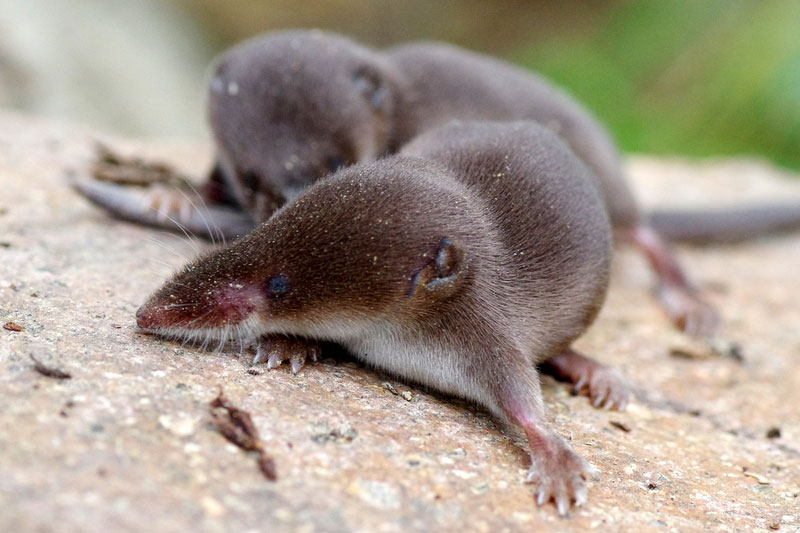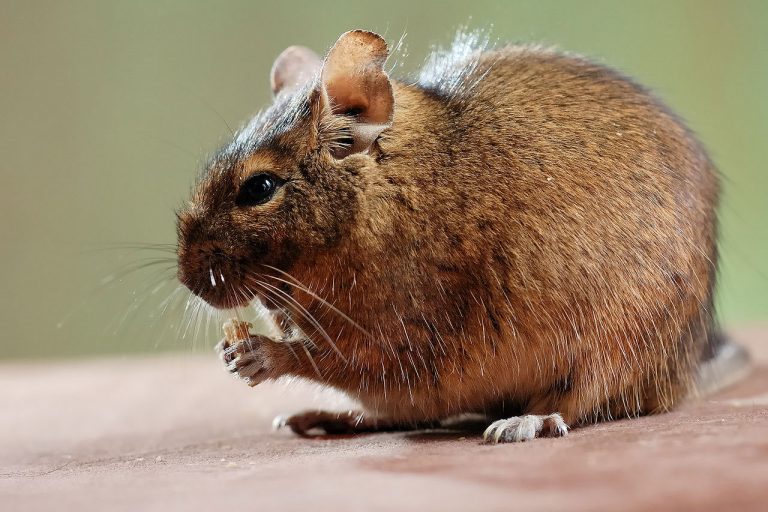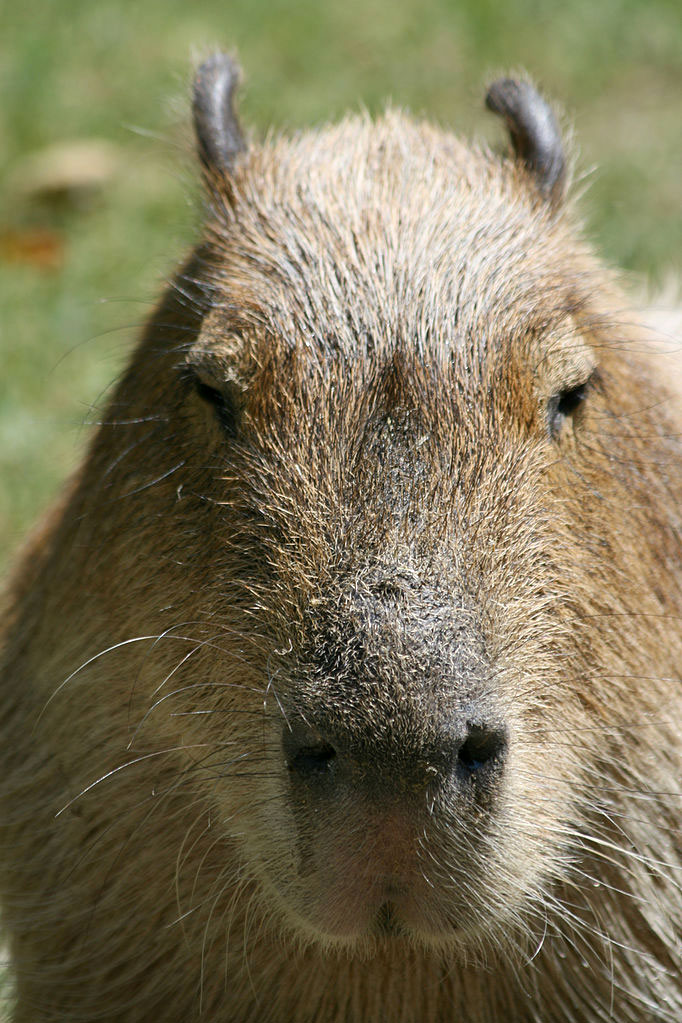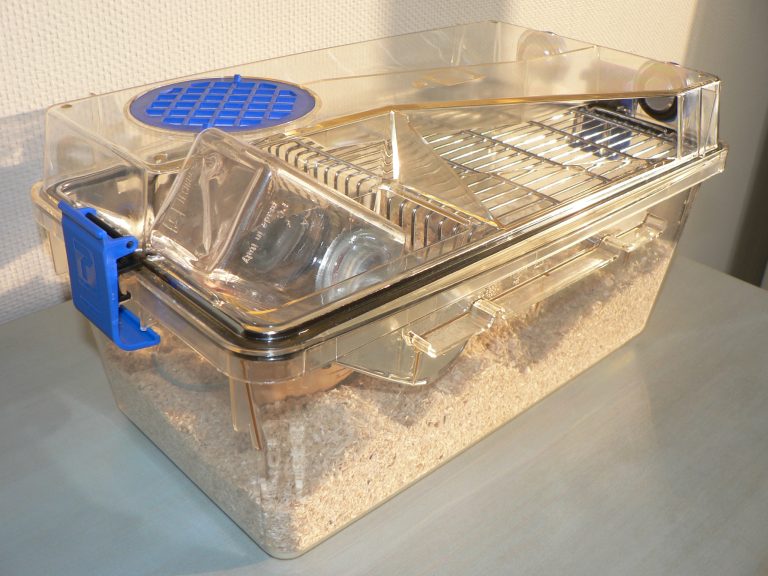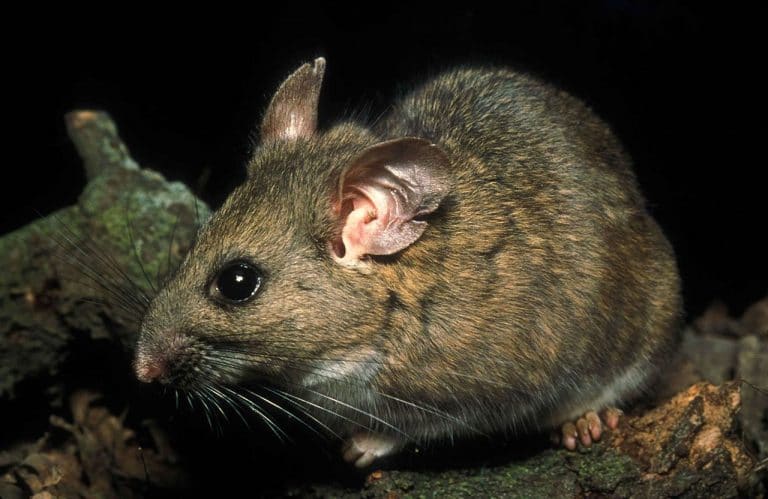Common Shrew
Scientific Classification
| Kingdom: | Animalia |
| Phylum: | Chordata |
| Class: | Mammalia |
| Order: | Soricomorpha |
| Family: | Soricidae |
| Genus: | Sorex |
| Species: | S. araneus |
| Binomial name: | Sorex araneus |
Sorex araneus, the species common shrew or Eurasian shrew is the most familiar shrew. It is among the most widespread mammals all over Northern Europe and Great Britain except Ireland. Its length varies from 2.2–3.2 inches, while weighing 0.2–0.4 oz. It has velvet-like dark brown fur but has a pale base. Fur of young shrews remains lighter until their first molt. The common shrew possesses tiny eyes, a sharp, mobile nose, and red-tipped teeth. It lives for about 14 months.
Shrews remain active for most of the day and night, especially at night. In between their bursts of energy, they rest for not many minutes.
Natural Habitat
The common shrew inhabits the grasslands, woodlands, and hedge lands of Eastern Europe, Britain, and Scandinavia. Each shrew sets up a home range of 440–750 sq yd. Males have enlarged their territory to find females during breeding season only. The ordinary shrew is protective of its territory and turns violent when another shrew comes in its home range. It creates its nest underground or beneath thick vegetation.
It prefers cool, humid and shaded surroundings having thick vegetation, like reed beds or riparian forests. Nevertheless, it can adapt to a wide range of environment, and is present, though in smaller quantities, in drier regions comprising of woodland, road verges, scrub, sand dunes and hedge in farmland. One does not see them in very dry habitats.
As a Pet

Housing
You can have a cage as an enclosure or make it from boxes. You can keep these out on a flat roof. The recommended size of wooden box cage is 0·30 x 0·45 x 0·25 m (height) or a (1’ x 1.5’ x 9´height), having a front of detachable glass with perforated zinc cover. You may use a single cage or fasten two of them together, connected through a hole to get a double cage. You can make the enclosures using heavy-duty clear polythene of size 0·9 x 0·9 x 0·5 m (height), usually with a hard board inner wall 0·75 x 0·75 x 0·30 m (height) that stops shrews from escaping. To protect the enclosures from rain, a slanted top of clear polyethylene is ideal. To protect from birds use garden netting that covers the entire enclosed space including the gaps provided for ventilation.
Substrate
The ideal substratum for the box type cages or the enclosures would consist of turf sods, peat and earth. Regular misting or water sprinkling will satisfy the cooler conditions that the shrews prefer.
Food
The Common shrews are both insectivorous and carnivorous, and consume a bevy of insects, amphibians, worms, spiders, voles and small mice. On an average, the shrews consume thrice their body weight to survive, which means it must eat regularly every 2-3 hours to satiate its hunger. They reach a level of starvation when they do not feed for five hours at a stretch. Since they have a small body, they are unable to store large food/ fat reserves and never hibernate because of the incessant search for food. Even though they have poor vision, their highly developed sense of smell largely compensates for this inadequacy, and a shrew can easily locate its prey lodged five inches (12 centimeters) deep in the soil.
Breeding
Although April to September marks the normal breeding season, the breeding peaks during summer. They deliver a litter of 5 to 7 young ones in about 24-25 days after the gestation period, and normally shrews can litter about four times a year. In about 25 days after the litter, the young ones are rearing to go. Though the common shrew is solitary by nature, the siblings stay close to the mother just after breeding and form a caravan behind the mother, with each succeeding sibling holding the preceding one’s tail in its mouth.

Having discovered a fondness for insects while pursuing her degree in Biology, Randi Jones was quite bugged to know that people usually dismissed these little creatures as “creepy-crawlies”.

